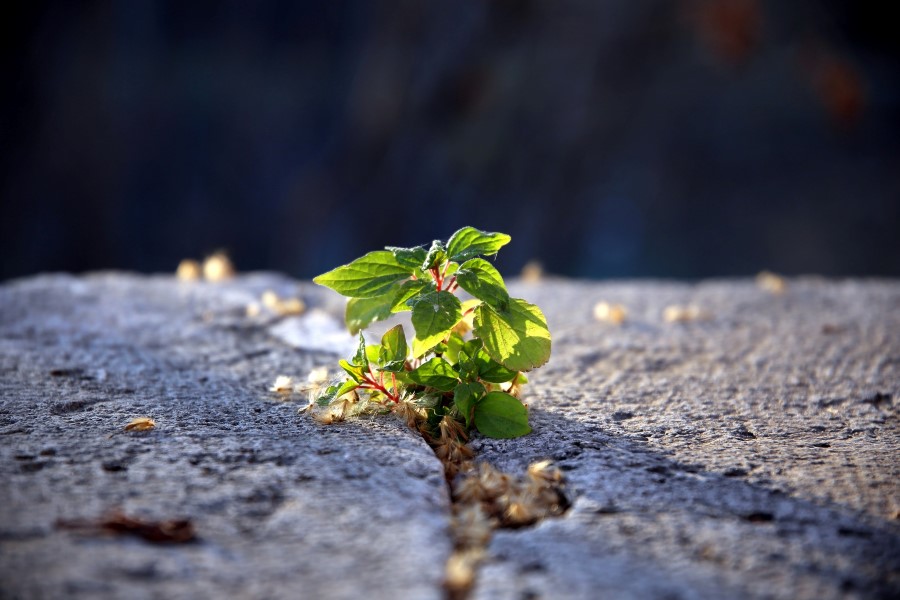
Just as the sun was beginning to peek out from behind the COVID-19 cloud, along came a “rain bomb” that devastated homes, businesses and communities right along the east coast of Australia.
At the same time — thanks to the Internet and rolling news — we watch in horror as scenes of terror and violence unfold in Ukraine.
Yet again, our resilience buckets are in desperate need of a top-up.
But with trauma comes an opportunity for personal growth, says Trinette Jaeschke, Ai Group’s National Manager – Work Health Safety Consulting Services.
Not only that, but there are ways to shorten the length of the traumatic phase.
“I see resilience as a process towards post-traumatic growth,” Ms Jaeschke says.
“People who recover from a trauma quicker than others can change the lens through which they view the world, their future and themselves.
“Right now, many people are traumatised because of the floods and everything they’ve gone through with the pandemic.
“Having a lens where you understand what you feel and believe about the situation will make an enormous difference on your outlook about a traumatic situation.”
Post-traumatic growth often happens naturally. Here are five ways to shorten this period to facilitate moving more quickly into a phase of personal growth.
“People often think traumas won’t happen to them,” Ms Jaeschke said.
“Before 2019, many people in Australia thought a pandemic was something that happened overseas.
“With the floods, many people would have been thinking: ‘How did that happen? Why did it happen to me?’
"Our beliefs about an event can conflict with what’s happened. Our assumptions are challenged, and it can make us feel anxious.
“As we move forward through any crisis, it’s important to recognise the positive impacts.”
“When you are going through a trauma like the floods, you might feel angry that you’re not getting enough support from the Government or guilty that you’re the only one in your street whose house didn’t go under. You are anxious because you have been badly impacted,” Ms Jaeschke said.
“To get through those feelings more quickly, try to understand how you feel about the situation and focus on managing any negative emotions that pop up.
“Instead of focusing on the loss, uncertainty and worst-case scenarios, think about the successes and the best-case scenarios which can occur.
“Exercise, mediation and breathing exercises may help in dealing with those big emotions, which are very real when people are in the thick of it.”
“It’s important to talk to others about your feelings so it’s out in the open and not festering internally,” Ms Jaeschke says.
“People around you — including your boss and colleagues — need to understand how you are feeling.
“Employers need to listen. Mini workshops or 1:1 sessions allowing employees to share how they are feeling are effective.
“Find out what employees are believing about their situation and what they believe they can do well in the future to overcome what they’ve been presented with.”
At home, check on your neighbours and ask how they feel.
“It’s not going to solve the issue but acknowledging how they feel about the uncertainty has benefits.”
“It's common when people are confronted with a traumatic event to tell themselves a story that is all doom and gloom or that they can’t get out of it. They are stuck,” Ms Jaeschke says.
“Instead, reflect on any positive things that have happened and think of the future possibilities.
“If your house has been flooded and destroyed, focus on being calm and supportive to those around you instead of letting anger or grief take over.
“Re-write the story you are telling yourself. Think about a narrative where the traumatic past can lead into a better future. What can you get out of this? You can rebuild a much nicer home or renovate that bathroom that you previously were not able to.
“Identify what the story is that you are telling yourself then try to flip it for a more positive outcome.”
“To build enough resilience to get into that post-traumatic growth zone, some people do better if they keep active in the community,” Ms Jaeschke says.
“Help others and show that you feel empathy and compassion. Community and sense of connection is important in feeling like you are not alone.”
Returning to the workplace has important social benefits.
“Get back into life so you don’t find yourself feeling isolated and alone at a later stage,” Ms Jaeschke says.
“Not only that, but the workplace can help by connecting employees to community organisations, support groups and government agencies if they are needed.
“We really need to band around friends, family, neighbours and colleagues who have not only lost possessions and their home but also their self-confidence.
“They need to know they have people around them who can support them.”
The benefits of taking these steps are significant.
By reflecting on how we handled the traumatic event, we:
It might take time, but the silver lining is there.
Contact our WHS Consulting team directly at safety.services@aigroup.com.au or phone our Workplace Advice Line on 1300 55 66 77.
Beyond Blue has developed a free and confidential mental health coaching program for small business owners. Click here to finds out more.

Wendy Larter is Communications Manager at the Australian Industry Group. She has more than 20 years’ experience as a reporter, features writer, contributor and sub-editor for newspapers and magazines including The Courier-Mail in Brisbane and Metro, the News of the World, The Times and Elle in the UK.